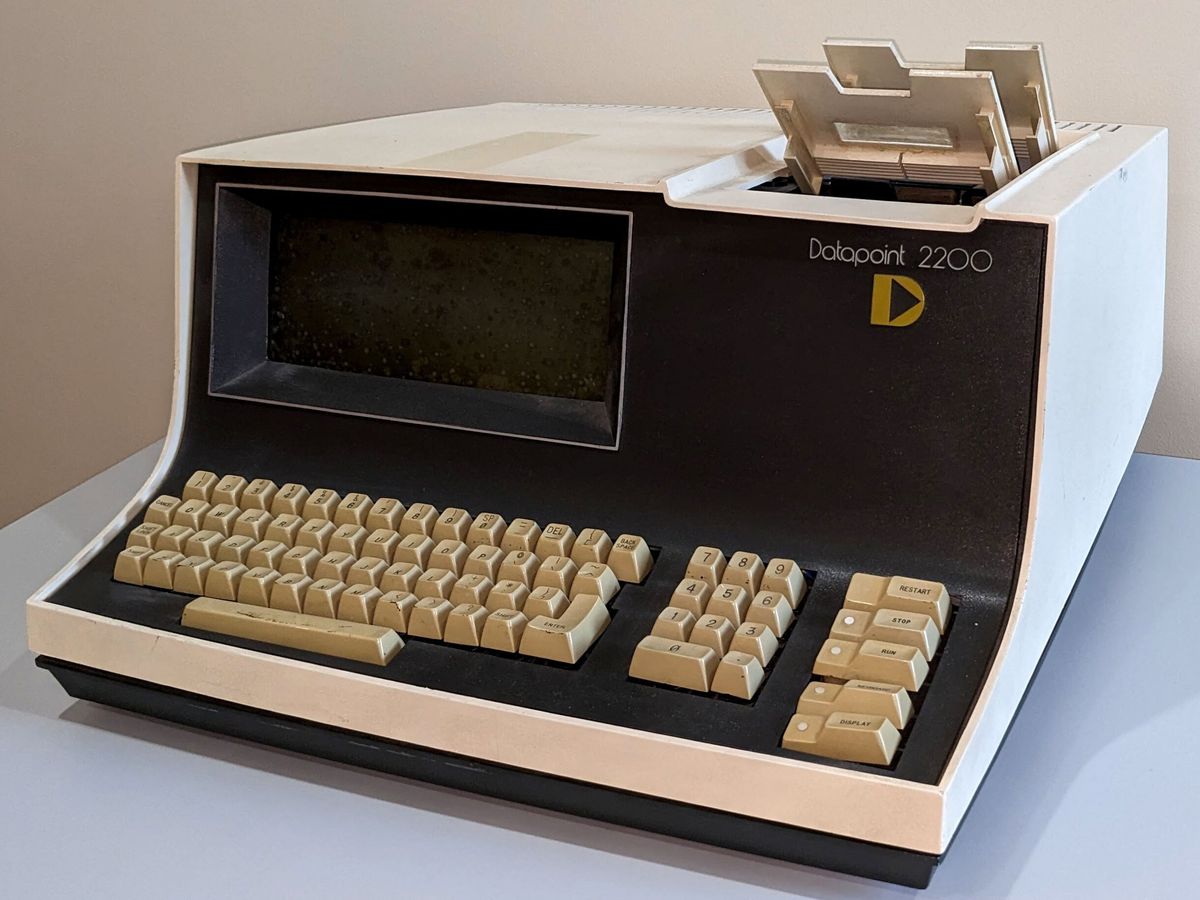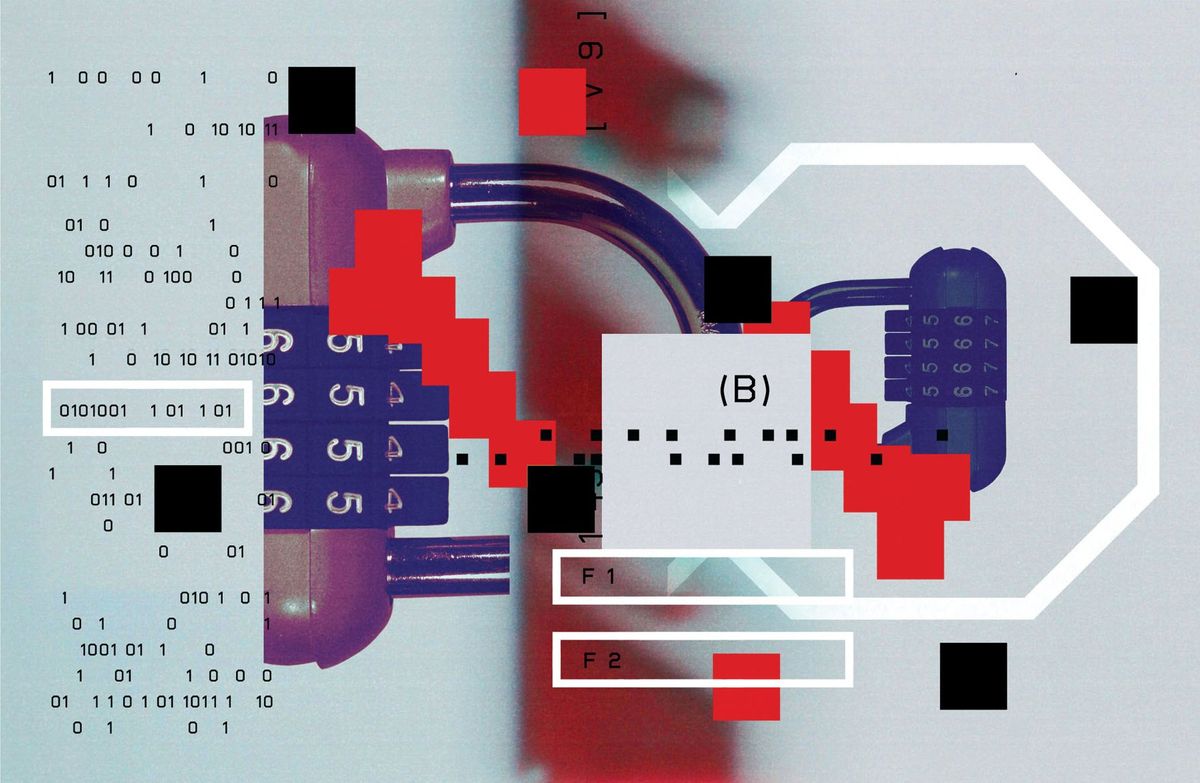Researchers from Germany, Switzerland and Italy have demonstrated that turning graphene into nanoribbons using V2O5 nanofibers as etching masks not only dramatically improves their memory storage density over silicon-based chips but also surpasses carbon nanotubes and graphene in their transition times.
“Indeed, the area of our new memory cell is so small that it allows for a very high storage density,” Sordan said in a story published by nanotechweb.org. “We thus expect that graphene nanoribbon memory chips will allow Moore's law to continue for the foreseeable future.”
According to Sordan in the same article, the device produced from these graphene nanoribbons has a transition time three orders of magnitude shorter than those devices made from either carbon nanotubes or graphene. In addition, Sordan believes the versatility of these memory cells will open differenct application areas. “They can be used as both static random access memories and nonvolatile flash memories cell for ultrahigh storage density applications,” he says in the article. Now that memory has been addressed the researchers are going to look at how their nanoribbons can be applied to digital logic gates. “We have already made graphene logic gates but think that those made from nanoribbons will be better,” says Sordan.Dexter Johnson
Dexter Johnson is a contributing editor at IEEE Spectrum, with a focus on nanotechnology.
The Conversation (0)




